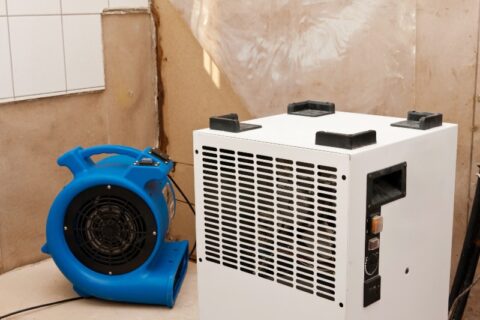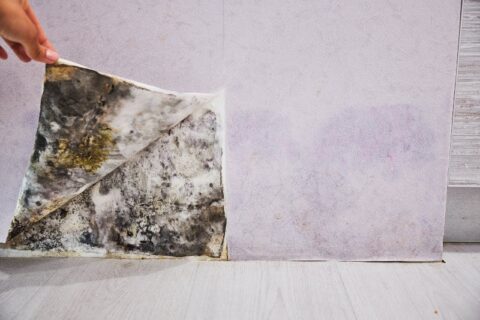Water Damage Assessment
Flooding and water damage are stressful for any property owner. Whether caused by a burst pipe, leaking roof, or floodwater, determining the extent of the damage is crucial for timely and effective restoration. Here are the steps to expect from a floor restoration company as workers assess your home or business for water damage.
1. Identify the Water Damage Category
The first step is to classify the hazard level of the water involved. Water damage falls into one of three categories, dictating the necessary safety measures and restoration approach. These include:
- Category 1: Clean water comes from sources like rainwater or a broken water line. While not immediately harmful, it can escalate into a more serious threat if not addressed quickly enough to prevent mold growth.
- Category 2: Gray water contains some level of contamination. Example sources include wastewater from bathtubs, dishwashers, or washing machines. This water may cause illness or discomfort upon exposure.
- Category 3: Black water is dangerously contaminated with pathogens or toxic chemicals known to cause health hazards. Sources include sewer backups and floodwater from storms. Handling this type of water damage requires professional equipment and expertise.
2. Document Damaged Components
Inspecting and noting all damaged components is a crucial step. Professionals assess the affected area for damaged electrical systems, furniture, appliances, and flooring. This comprehensive evaluation helps plan the restoration process, estimate costs, and deal with insurance claims.
3. Assess the Damage Level
The property damage resulting from water intrusion depends on the volume and category of water involved and what materials are present within the property. Technicians assess how deeply water has penetrated structural elements, flooring, and walls. This step often requires specialized equipment to check for hidden moisture that can lead to mold growth and structural damage if overlooked.
4. Collect Photographic Evidence
Taking photos and videos during the inspection provides a visual record of the damage. This documentation is invaluable for insurance claims and serves as a reference for the restoration team to ensure all affected areas are addressed.
5. Outline Suggested Repairs
The water damage restoration team recommends the necessary repairs and reconstruction services based on what they find during the assessment. This plan outlines the equipment needed, estimates the extent of debris removal, and specifies which items can be salvaged or need replacement. Transparency with the property owner about potential unseen damage and the scope of repairs helps manage expectations and promotes a smooth restoration process.
Schedule a Water Damage Assessment in San Diego
If you’ve discovered water damage in your home, lower your stress level by calling Pacific Flood Restoration for help. We offer comprehensive, 24-hour emergency services to begin the restoration process without delay. Our team is dependable, courteous, and committed to high customer care. From a small leak in your home to an extensive sewer backup in your business, we can handle any size project with professionalism and attention to detail. Contact us at 760-815-3033 to schedule a water damage assessment and restoration services in San Diego or North County San Diego.


